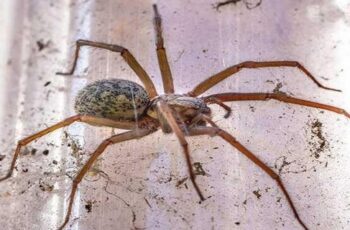Ad Blocker Detected
Our website is made possible by displaying online advertisements to our visitors. Please consider supporting us by disabling your ad blocker.
7. DAYLILIES
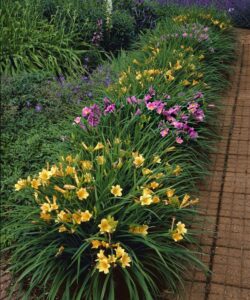
Daylilies (Hemerocallis) are treated as perennials in the flower garden.
Although most gardeners know that these flowers are edible, they are rarely used as vegetables as the Chinese do.
Not only the flowers and flower buds but the thick roots that look like fingerling potatoes and the white, tender base of the stalk are edible.
Spare the prized varieties, but leave the common ones like Hemerocallis fulva for culinary use.
Stir fry or batter fry the flower buds; boil the larger roots and eat the lighter ones raw; add the chopped stems to soups. Try in small amounts first to make sure that you are not allergic.
8. OSTRICH FERN
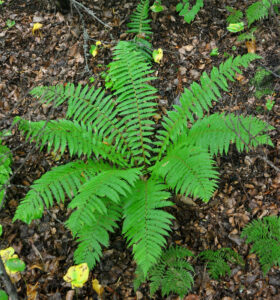
The tender fronds of many ferns known as fiddleheads are eaten when they are tightly coiled, but they are often gathered from the wild, depleting the wild stock and occasionally gathering toxic ones by mistake.
Growing your own solves these problems.
North American species Matteuccia struthiopteris, commonly known as ostrich fern, is worth growing in damp spots in your garden.
It does especially well in USDA zone 3 to 7 and will supply you with fiddleheads every spring if you take care to harvest less than half the fronds that come up.
Buy one or two plants from a reliable supplier rather than trying to grow them from spores.
9. SCARLET RUNNER BEAN
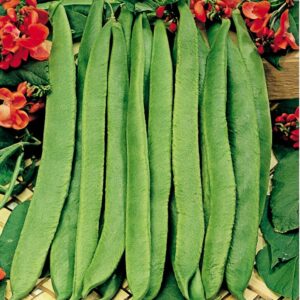
This legume Phaseolus coccineus is often grown as an ornamental for its bright red flowers, but the edible beans are excellent as a vegetable.
They can be cooked as snap beans when tender, and shelled when they are plump with seeds.
The dry pods can be harvested for dry beans. Add the edible flowers to salads and stir-fries for color.
Once started from seeds, scarlet runner bean plants can grow as perennials in warmer areas, and can be overwintered in colder areas by cutting off the top growth and mulching.
In spring, new stems will emerge from the underground parts.
10. POTATO BEAN
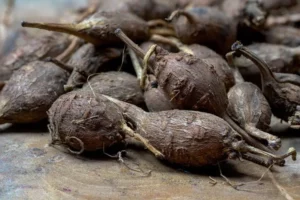
This is a neglected perennial legume despite having the potential to become a survival crop.
Although native to North America, potato bean Apios americana is now mainly grown in Japan. However, it grows wild in moist areas across USDA zones 4 to 9.
The potato bean vine produces strings of small tubers underground and bean-like pods above the ground. It is also known as American groundnut after its tubers.
The beans and the tubers are both edible and nutritious and have high protein content.
The plants can be started from both seeds and tubers. It spreads by tubers and keeps coming back more vigorously every year, so finds out if the plant is invasive in your area before planting it in the ground.
11. FENNEL
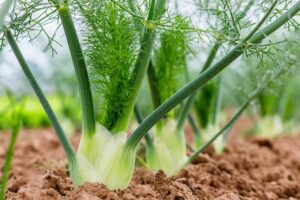
Fennel (Foeniculum vulgare) is a spice, an herb, and a vegetable, all combined.
This aromatic Mediterranean plant is naturalized across the world and is grown for different purposes in different places.
Fennel seeds are sweet and spicy with a flavor similar to anise seeds
They are used in curries and slices of bread. The feathery leaves look like dill and can be used as an herb to flavor dishes.
The leaf stalks can be cut off every now and then and used like celery. Finally, the bulbous leaf bases are used as a vegetable, either raw or sautéed or stir-fried.
Fennel grown in poor soil has better flavor. You can grow it from seeds as a perennial in USDA zones 5-10, but it is treated as an annual in colder areas.
12. SWEET POTATO
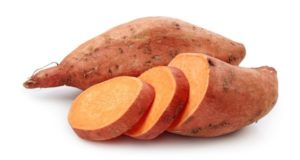
Sweet potatoes are usually grown as annuals in cooler climates, but the vine can live as a perennial in the same spot for years in warmer areas.
Rooting from nodes, the plant can spread very fast and fill large areas until actively contained. Not only are the tubers, but the leaves are also edible. The tender shoots with 2-4 leaves can be cooked like spinach.
Grow sweet potatoes from rooted cuttings you get from garden centers or make your own planting material by allowing the tubers to sprout and put out many runners.
Although sweet potato vine can grow in poor soil, it gives a plentiful harvest if the soil is loose and fertile.
You can go to the next page to read the rest of this article

